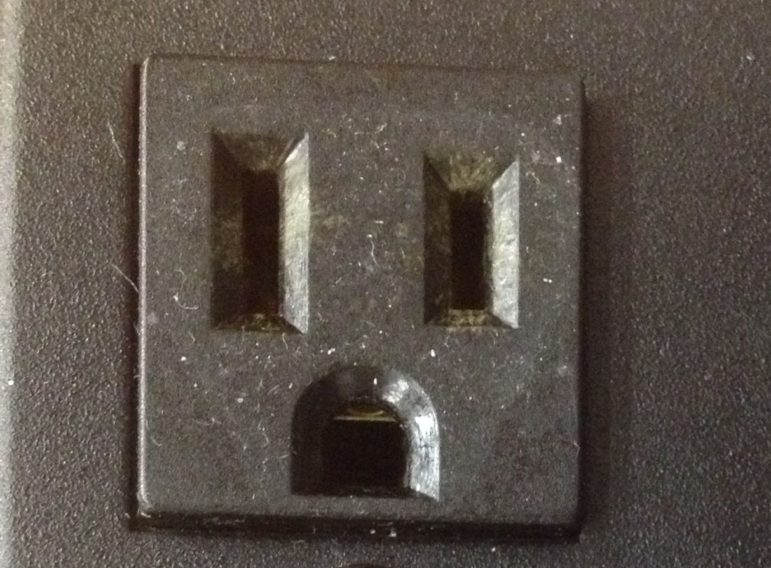
New York’s July 21-25 heatwave hit the whole city, but only in Upper Manhattan did hundreds of residents lose power for an entire day. As temperatures spiked to 95 degrees on July 24, more than 1,000 residents in East Harlem—a largely low-income neighborhood–were unable to turn on their air conditioners or fans. The outage may not have been just a passing inconvenience, but rather a harbinger of a much worse failure to come.
“The problem is the electricity distribution system is on the verge of collapse,” said Isaiah “Obie” Bing, a member of Conservancy North and a retired Con Edison engineer who spent his career working on the Upper Manhattan electrical networks. “I could paint you a lot of worst case scenarios,” said Bing. “They happen all the time.”
The blackout, caused by a high-voltage fuse that shorted the network on the evening of Saturday, July 23, is indicative of a larger infrastructural problem in Upper Manhattan, where an overcrowded network of 100-year-old cables is likely to continue shorting out in extreme heat.
It’s a problem with potentially lethal repercussions. A study of New York’s 2003 blackout found that deaths increased by 200 to 800 percent during the hottest days of the blackout and that the poor and elderly were most likely to become sick. It linked those deaths to, “the interruption of air conditioning and mechanized transportation and the resulting heat exposure and exertion.”
Tragically, there is more where that came from. Climate change is bringing more heat waves, and a corresponding increase in heat-related illness and death. It is worse for people in cities, because urban areas produce and retain more heat—a phenomenon known as the urban heat island effect.
Future heat waves will increase pressure on the weakened electrical grid, which—like much of our nation’s infrastructure—is suffering from decades of inadequate investment. From East Harlem to Flint, Michigan, it is often the poor who suffer most when infrastructure fails.
“Until somebody repairs our infrastructure,” said Bing. “It is a disaster waiting to happen.”
So, how can we make the electrical grid more resilient—while protecting the most vulnerable?
Many communities are building local “microgrids” that can detach from the larger electrical system in a crisis. Often powered by sustainable, renewable energy, such as solar and wind, microgrids can keep the lights on when the big grid goes down.
And some low-income communities are experimenting with “energy democracy,” by seeking to own and manage their own green energy infrastructure. That’s what is happening in West Harlem, where a group of citizens, organized by WE ACT for Environmental Justice, have launched their ownClimate Action Plan. The plan calls for green energy projects that provide direct economic benefits to low-income residents—for example, through investments in neighborhood companies and local hiring for efficiency upgrades and green energy installations.
“Rather than waiting on energy companies, like Con Edison, to fix the aging grid, WE ACT’s energy democracy work supports local residents in building renewable projects for their own buildings, says Aurash Khawarzad, WE ACT’s Policy Advocacy Coordinator. “This kind of energy generation is more resilient to large-scale outages and can bring much needed financial investment into poor neighborhoods.”
Indeed, an energy democracy approach could make the grid more sustainable, resilient and fair. It could also drive down costs for the average citizen. Today, New Yorkers pay up to 50 percent more than other Americans for electricity. “We’re paying an extremely high rate,” Bing said, “and not getting the service.”
At the same time, investments in renewable energy will reduce greenhouse gas emissions that cause climate change. That’s crucial, because the best way to protect vulnerable communities from heat waves and other climate disasters is to make sure those disasters don’t happen in the first place.
This article is adapted from a story that first appeared on AdaptNY as part of its Harlem Heat Project. Kathleen Culliton is a Brooklyn-based reporter whose work has appeared on AdaptNY, Al Jazeera English, and DNAinfo New York as well as in the New York Daily News and the New York Post. This post was produced as part of the Island Press Urban Resilience Project, with support from The Kresge Foundation and The JPB Foundation.








